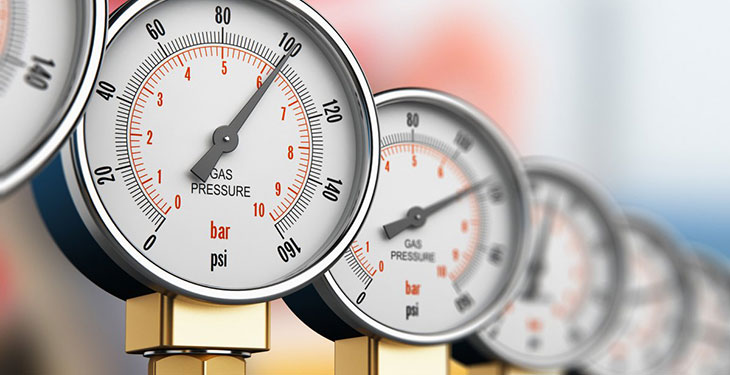Bogdan Tudorache
Although the natural gas market is undergoing a major transformation and we will see increases in the price of commodity gas compared to current prices, this increase will not be felt by most domestic gas consumers.
“There will be no problems in providing gas to consumers due to the large quantities of gas in storage facilities and the development of gas transmission infrastructure,” reads an analysis of the Intelligent Energy Association (AEI).
Weather forecasts for Central and Eastern Europe for the winter of 2020/2021 indicate a mild winter, so gas demand in this region is likely to be in line with demand in recent years. The evolution of gas prices in the region will follow a slight upward trend, with increasing demand, but most likely the average gas price in the winter months will not exceed 14-15 euro/MWh (68 – 72.75 lei/ MWh).
Romania is part of the same scenario, according to the study conducted by the Intelligent Energy Association, so that the price of natural gas for the winter 2020/2021 will be similar to that of the previous winter.
“For the final consumer of gas in the domestic sector, I do not foresee significant changes in the price. The gas price will be at a level almost identical for most household consumers with the one paid in the winter of 2019/2020,” says Dumitru Chisăliță, president of the Intelligent Energy Association.
The large amount of gas stored in Romania (over 90% of storage capacity), the high temperatures forecast for October and November 2020, but also the high costs of gas in storage, will probably lead to the opening of warehouses only by December 2020, which will make the available gas from storage at the level of January and February 2021 (the months with the highest daily consumption) to be at a level of 25-30 million cubic meters/day. This will theoretically allow the coverage of Romania’s gas consumption exclusively from domestic sources, in most winter days, say the study’s authors.
Imports of 5-15 mln. cm/day
On days with very low temperatures (if their consecutive number does not exceed 7 days), Romania will need 5-15 million cubic meters/day of imported gas, gas that should not pose (except for accidents) a problem to be purchased from imports, given the comparative price of imported gas with the price in Romania, but also important changes in Romanian infrastructure that will ensure faster flow of gas from Hungary to the main consumption area in Romania, Bucharest – Ploiesti, following compression stations installed in the Romanian transport system and BRUA construction. It is possible that other areas of Romania will suffer due to the current configuration of the transport system.
The evolution of the commodity price of natural gas in Romania (excluding services) will follow an upward trend in the coming months, reaching a maximum price of 81.65 lei/MWh in the winter of 2020/2021. However, this forecast does not take into account the scenario of the interruption of economic activities in order to stop the spread of the SARS-COV-2 virus.
“In this analysis we did not take into account the scenario (possible in my opinion) of stopping activities due to the Covid Wave II, which will cause decreases in energy demand and generate a higher supply than demand with declining commodity gas prices,” explained Dumitru Chisălță.
In recent months, the natural gas market has shown an atypical evolution, caused by multiple legislative changes, gas oversupply due to the mild winter of 2019/2020 and large quantities of gas stored before December 31, 2019, due to the danger, at that time, of a gas shut-off through Ukraine, to which are added for the winter 2020/2021 the important changes in transport capacities by completing the new transport routes and allowing the increase and diversification of gas quantities in Central and Eastern Europe (Turkish Stream, TAP, TANAP, LNG, etc.).
